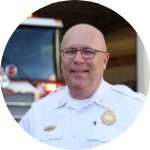
James White (ret)
CFO – 2008
In my 34 years as a career firefighter, I can think of no more beneficial tools used by myself and my organization than those found within the Commission on Fire Accreditation International (CFAI) agency accreditation process. When I first became a chief officer in the early 1990s, it was difficult for me to find ways to legitimately improve my agency’s effectiveness. We needed the support of our community on so many fronts. New facilities, equipment, and personnel were among the glaring issues facing us. We struggled to gain the necessary political support to prove that the improvements that were needed would, in fact, change the outcomes of the events we were responding to. We needed a plan.
I was first exposed to the idea of fire service accreditation in 1997. Then, the CFAI offered a model of agency self-assessment based on response to numerous individual performance measures. The three main elements of the model have been maintained throughout the years and have included those detailed responses to the self-assessment performance measurements, a detailed community risk assessment/standard of cover, and a community-driven strategic plan. I figured this was just what we needed to take what I knew to be a great agency and make it extraordinary. Measuring our current performance and planning for continuous improvement was exactly what we needed. I’d like to say “and the rest is history,” but I would be wrong.
Finding this model was only the beginning of a real love affair with this process. The strategic planning exercises alone forced everyone to sit down and get on the same page about our future. Although a fire chief has the ability to take the department in any direction he sees fit, I learned quickly that true community-driven strategic planning would develop true goals and objectives with issues the community really wanted us to tackle. Continuous improvement was our goal, and our strategic plan set the course for us not only to improve but to improve in ways the community wanted us to. Once we had the community’s support, the whole plan began to come together. Having a plan is one thing; proving the changes worked is another.
Before adopting the CFAI model for agency accreditation, I cannot tell you how effective we actually were. I couldn’t tell you how long it took the first unit to arrive on scene and, when it did arrive, how many firefighters it took to change the outcome of the event. The standard of cover process forced us to inwardly look at our performance. From measuring alarm processing and firefighter turn-out time to overall agency performance, today I can say there isn’t anything we don’t measure. We proved through accreditation that, in fact, we do what we say we are going to do and all our actions are measurable.
Through the agency accreditation, we have moved from a fire department we knew was good to one that continuously improves. After 20 years now, I am often asked, why do you do accreditation? I normally respond, “We don’t really ‘do accreditation’; accreditation does us.” We use the process of self-assessment as our business plan. To those who question, I ask: If not the CFAI model, what business plan do you use?
We know that he CFAI process has made us a better, safer, and more accountable agency. Our people are better, service is better, and outcomes continue to improve. I have shared our work with hundreds of fire chiefs and fire departments across the country. Some will always look at this as only a feather in the helmet of the fire chief. To those who question accreditation as a waste of time, again, I would ask you: What’s your plan for improvement? Can you measure your performance honestly, and are you in fact changing outcomes with the service you provide? In the end, isn’t that what we are all about?
James E. White, CFO, MiFireE, has enjoyed a 37-year career in the fire service. He has served fire service agencies in northern Virginia, South Carolina and Florida and concluded his career as fire chief for Winter Park (FL) Fire Rescue. Jim is currently the Fire Training Program Director at Valencia College in Orlando (FL) where he oversees all state firefighter certification programs for the college. He has been an IAFC member for more than 25 years and remains a credentialed as a Chief Fire Officer (CFO) designee through the Commission on Professional Credentialing (CPC).
